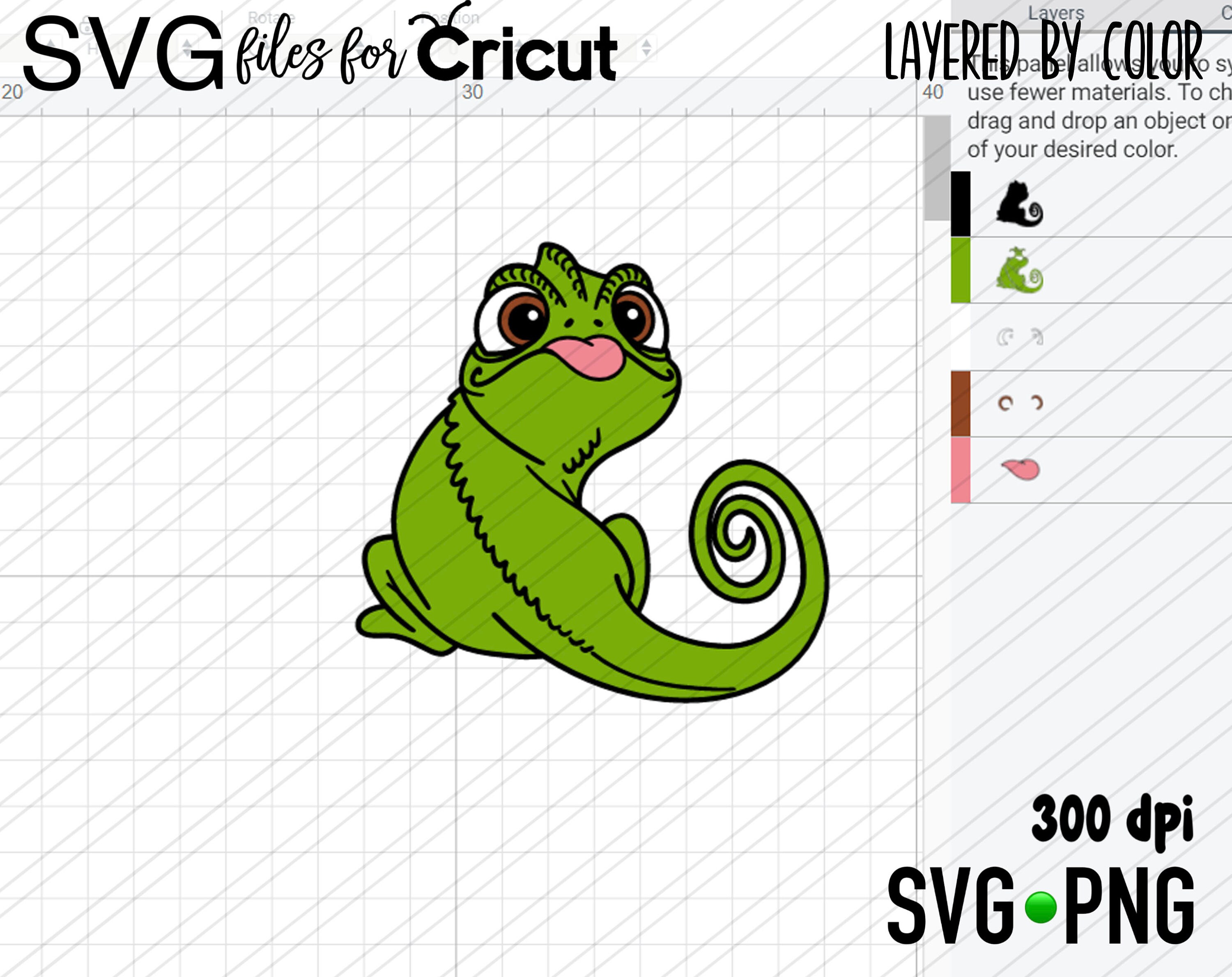Tangled Pascal SVG: A Comprehensive Guide
Introduction
Tangled Pascal SVG is a versatile and widely used vector graphic format that enables the creation of high-quality images for web and print applications. It is known for its scalability, flexibility, and support for complex shapes and designs. This article provides a comprehensive guide to Tangled Pascal SVG, covering its features, applications, and best practices.

Table of Content
- 1 Tangled Pascal SVG: A Comprehensive Guide
- 1.1 Introduction
- 1.2 Features of Tangled Pascal SVG
- 1.3 Applications of Tangled Pascal SVG
- 1.4 Best Practices for Tangled Pascal SVG
- 1.5 Features of Tangled Pascal SVG
- 1.6 Applications of Tangled Pascal SVG
- 1.7 Conclusion
- 1.8 Frequently Asked Questions (FAQs)
Features of Tangled Pascal SVG
Flexibility: SVG files can be edited using any text editor or SVG editing software. This allows for easy customization and modification of images, making them suitable for a wide range of applications.
Support for Complex Shapes: SVG supports the creation of complex shapes and designs that would be difficult or impossible to create with raster formats such as JPG or PNG. This makes it ideal for creating illustrations, logos, and other intricate graphics.
Applications of Tangled Pascal SVG
Web Design: SVG is widely used for creating web graphics, such as logos, icons, and illustrations. Its scalability and flexibility make it a suitable choice for images that need to be displayed on different devices and resolutions.
Print Design: SVG files can be used for print applications, such as creating brochures, flyers, and posters. Its high quality and support for complex shapes make it ideal for creating sharp and detailed images for print.
Animation: SVG can be used for creating animations, either through CSS or JavaScript. Its scalability and flexibility make it a suitable choice for creating animated graphics that can be easily resized and customized.

Best Practices for Tangled Pascal SVG
Use Descriptive File Names: When saving SVG files, use descriptive file names that clearly indicate the contents of the file. This will help you easily identify and locate files later on.
Optimize SVG Code: SVG code can be optimized to reduce file size and improve performance. This can be done by removing unnecessary elements, simplifying shapes, and using compression techniques.
Use a Vector Editing Software: For creating and editing SVG files, it is recommended to use a dedicated vector editing software such as Adobe Illustrator or Inkscape. These tools provide advanced features and tools specifically designed for working with vector graphics.
Tangled Pascal SVG is a versatile and widely used vector graphic format that enables the creation of high-quality images for web and print applications. It is known for its scalability, flexibility, and support for complex shapes and designs. This article provides a comprehensive guide to Tangled Pascal SVG, covering its features, applications, and best practices.
- Princess Squad Goals SVG Free H1: Princess Squad Goals SVG: Unleash Your Inner Royalty
- Pumpkin SVG disney SVG Pumpkin SVG: Unleash The Spooky Charm Of Disney Magic
- Disney Logo SVG Disney Logo SVG: The Evolution Of An Iconic Brand
- Bibbidi Bobbidi Boo SVG Bibbidi Bobbidi Boo SVG: A Magical Journey Into The World Of Disney
- Free Olaf Face SVG Free Olaf Face SVG: Bring The Beloved Snowman To Life
Features of Tangled Pascal SVG
Scalability: SVG is a vector graphic format, which means that it can be scaled to any size without losing quality. This makes it ideal for creating images that need to be displayed at different resolutions, such as on websites or mobile devices.
Flexibility: SVG files can be edited using any text editor or SVG editing software. This allows for easy customization and modification of images, making them suitable for a wide range of applications.
Support for Complex Shapes: SVG supports the creation of complex shapes and designs that would be difficult or impossible to create with raster formats such as JPG or PNG. This makes it ideal for creating illustrations, logos, and other intricate graphics.
Applications of Tangled Pascal SVG
Conclusion

Tangled Pascal SVG is a powerful and versatile vector graphic format that offers a wide range of benefits for web and print applications. Its scalability, flexibility, and support for complex shapes make it a suitable choice for creating high-quality images that can be easily customized and modified. By following the best practices outlined in this article, you can create and optimize SVG files that meet your specific needs.
Frequently Asked Questions (FAQs)
Q: What is the difference between SVG and PNG?
A: SVG is a vector graphic format, while PNG is a raster graphic format. SVG images can be scaled to any size without losing quality, while PNG images can become pixelated when scaled up.
Q: Can I edit SVG files in a text editor?
A: Yes, SVG files are text-based and can be edited using any text editor. However, it is recommended to use a dedicated vector editing software for more advanced editing capabilities.
Q: How do I optimize SVG files for web?
A: To optimize SVG files for web, use descriptive file names, remove unnecessary elements, simplify shapes, and use compression techniques.
